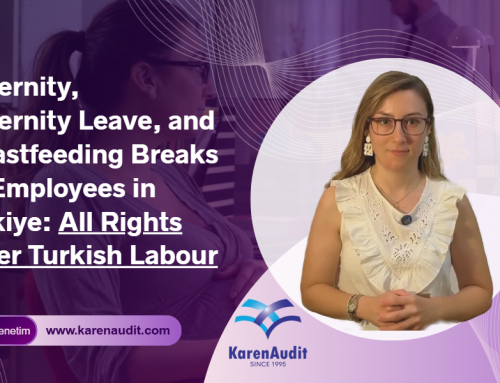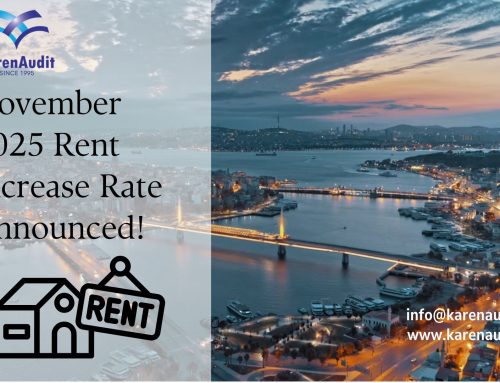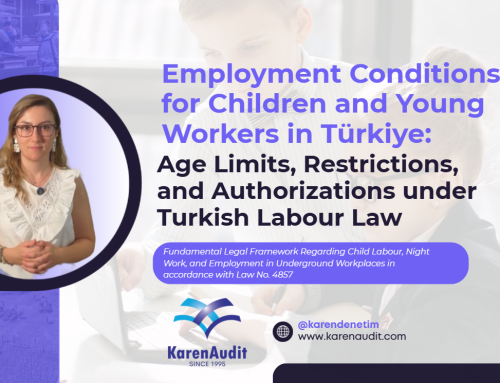December 27, 2022
More pessimism among the elderly
Compared to 2018, pessimism increased in all age groups last year. However, young people were generally less pessimistic than elderly people. For example, 36 percent of 15 to 24-year-olds believed that life was getting worse rather than better, versus 53 percent of over-75s. Furthermore, 50 percent of those in the 15-24 age group said things in the Netherlands were heading in the wrong direction, compared with 62 percent among those over 75.
Mainly more pessimism among highly educated
In 2021, people aged 15 and over were more pessimistic than in 2018 across all education levels, particularly the higher educated. For example, in 2018, 23 percent of those with a Bachelor’s degree at HBO or WO level disagreed with the statement ‘The future looks hopeful’. In 2021, this share had risen to 37 percent. Of the higher educated with a Bachelor’s degree, the share who believed life was getting worse rather than better was 23 percent in 2018, against 35 percent in 2021. The sharpest rise was seen among those highly educated who thought it was going in the wrong direction: from 32 percent in 2018 to 56 percent in 2021. A similar pattern emerged among people with lower education levels, but the increase was generally less substantial in these groups.
Despite the increase among the highly educated, there is more pessimism among those with lower education levels. However, the differences between the education levels were smaller in 2021 compared to 2018.
Source: Statistics Netherlands (CBS)
Legal Notice: The information in this article is intended for information purposes only. It is not intended for professional information purposes specific to a person or an institution. Every institution has different requirements because of its own circumstances even though they bear a resemblance to each other. Consequently, it is your interest to consult on an expert before taking a decision based on information stated in this article and putting into practice. Neither Karen Audit nor related person or institutions are not responsible for any damages or losses that might occur in consequence of the use of the information in this article by private or formal, real or legal person and institutions.






